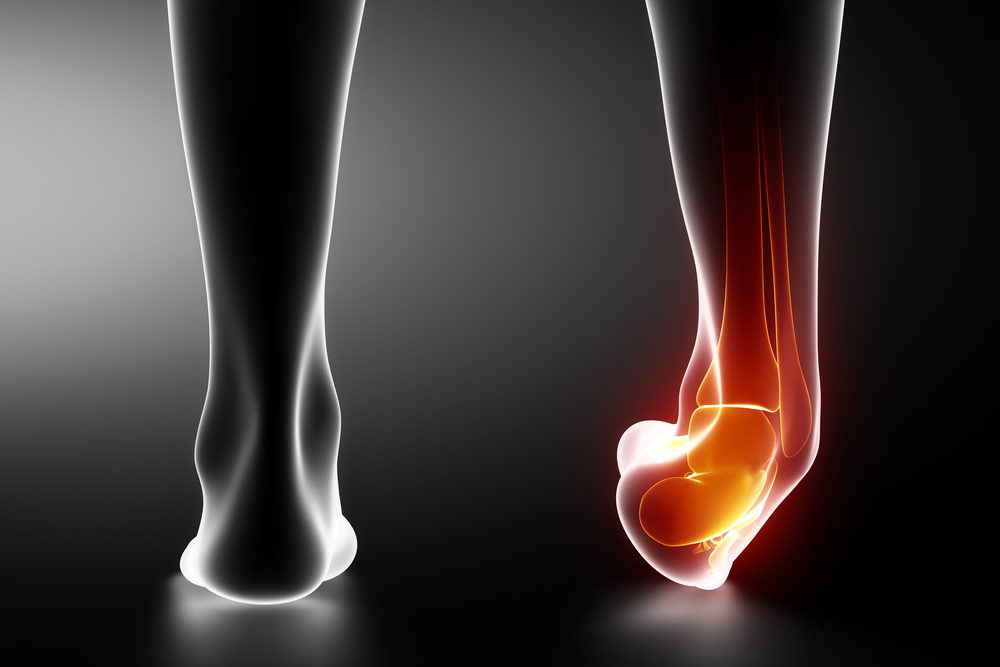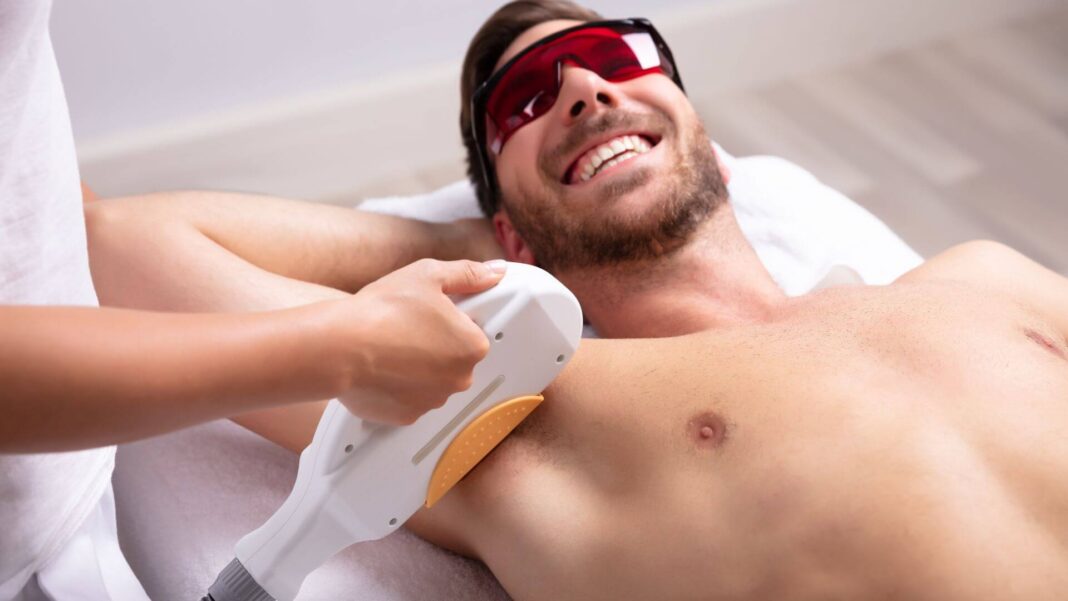Ankle injuries are prevalent during the fall season, when uneven terrain, wet leaves, and outdoor activities increase the risk of slips and twists. From minor sprains to serious ligament damage, an ankle injury can sideline mobility and disrupt daily routines. Here are practical strategies to reduce your risk of ankle trauma this fall and keep you moving safely:
Strengthening Exercises
Strong ankles provide better stability and resistance to ankle injury. Ankle strengthening exercises target the muscles and tendons that support your ankle joint. These exercises improve your body’s ability to maintain balance and respond to unexpected movements.
Calf raises strengthen the muscles at the back of your lower leg. Stand with your feet shoulder-width apart and slowly rise onto your toes. Hold this position for a few seconds, then lower yourself slowly. Perform these in sets daily to build strength in your calves and improve ankle stability.
Ankle circles improve flexibility and strength simultaneously. While seated or lying down, lift one foot off the ground and slowly rotate your ankle in both clockwise and counterclockwise circles for several minutes. This helps maintain range of motion while gently strengthening the small muscles around your ankle joint.
Proper Footwear
Wearing appropriate shoes provides a solid foundation for preventing an ankle injury. Your footwear should offer adequate support, proper fit, and suitable traction for fall conditions. Shoes that lack these features increase your risk of experiencing an injured ankle.
Supportive shoes feature firm heel counters and arch support that help maintain proper foot alignment. Athletic shoes designed for your specific activity provide targeted support for the movements you’ll perform. Running shoes offer forward motion support, while cross-training shoes provide lateral stability for multi-directional movement.
Proper shoe fit prevents your foot from sliding within the shoe, which reduces ankle strain. The width should accommodate your foot without pinching or allowing excessive movement. Replace worn shoes that no longer provide adequate support or traction.
Warm-Up and Awareness
Proper warm-up prepares your muscles and joints for activity while increasing blood flow to your ankles. Environmental awareness helps you identify and avoid potential hazards that could cause an ankle injury. These preventive measures work together to reduce your risk of injury.
Dynamic warm-up exercises activate the muscles around your ankle joint. Environmental awareness involves scanning your surroundings for potential hazards. Watch for wet leaves, uneven sidewalks, holes, and loose rocks that could cause you to twist your ankle. Slow down when walking on unfamiliar terrain or in low-light conditions. Use handrails when available and avoid distractions, such as texting, while walking.
Professional Help
Recognizing when an ankle injury requires professional evaluation prevents minor injuries from becoming major problems. Some ankle injuries need immediate medical attention, while others benefit from early intervention to prevent complications. Seek immediate medical care if you experience severe ankle pain, visible deformity, inability to bear weight, or numbness in your foot. These symptoms suggest serious ankle trauma that requires prompt evaluation and treatment.
Don’t attempt to walk on a severely injured ankle, as this could worsen the damage. Schedule an appointment with a foot and ankle specialist if you experience persistent ankle pain, recurring ankle injuries, or discomfort that affects your daily activities. Chronic ankle problems often benefit from professional evaluation and treatment.
Schedule Your Ankle Injury Evaluation Today
Preventing an ankle injury this fall requires a combination of strengthening exercises, proper footwear, adequate warm-up, and environmental awareness. These strategies work together to protect your ankles and keep you active throughout the season. Strong ankles, supportive shoes, and careful attention to your surroundings significantly reduce your risk of experiencing painful ankle trauma. For concerns about your ankle health, contact a foot and ankle specialist to schedule a foot evaluation.
- Pedrovazpaulo Wealth Investment: Unlocking Financial Freedom Through Innovative Strategies
- EO Pis: A Comprehensive Guide to Environmental Objectives and Performance Indicators
- Premiumindo69: The Future of Digital Entertainment
- Macadamia Nut Milk: Health Benefits, Recipes, and Why It’s the Perfect Dairy-Free Alternative
- Hentquz: The Future of Productivity and Collaboration


